Everything you need to know about Romania, in less than 60 minutes

The Romanian government has passed the emergency order that forms the basis of the state budget for next year.

A roundup of the main sporting events in 2025

President Nicușor Dan met with magistrates to discuss irregularities in the justice system.
Currency Converter RON/EUR: Sun, 28 Dec.

The 2025 Sakharov Prize honours Andrzej Poczobut and Mzia Amaglobeli
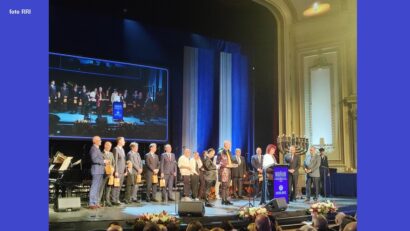
The Bucharest National Opera House was the venue for the 24th Magna cum Laude-Reut Friendship Gala, an already traditional event, dedicated to excellence and friendship
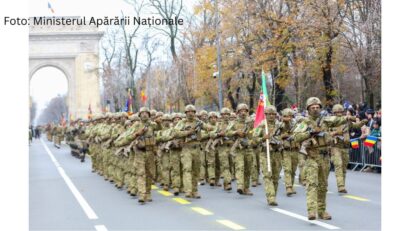
Allied soldiers parade and salute on Romania's National Day
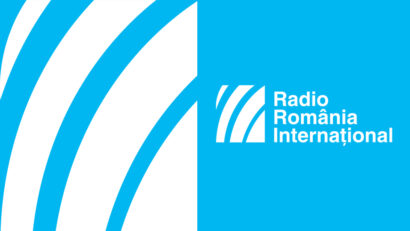
The latest from the Romanian labour market

A roundup of news on the Romanian labor market

In anticipation of Christmas, many concerts were organized in Bucharest right from mid-December.

The last ruler of the Principality of Moldavia, Grigore Alexandru Ghyka, has finally returned home, 170 years after his death.

In early December, Romania marked the anniversary of the death of King Michael I, who passed away in 2017 after a life defined by war, exile, and return
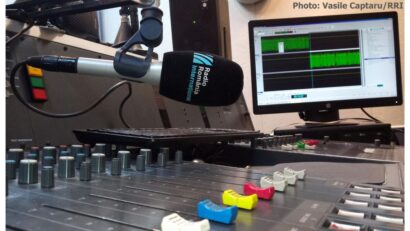
Everything you need to know about Romania in less than 60 minutes

Everything you need to know about Romania in less than 60 minutes

Everything you need to know about Romania in less than 60 minutes
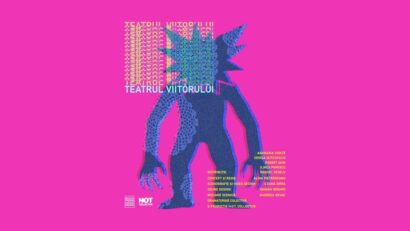
Earlier in December, H.O.T. Collective had the premiere of its show "Theatre of the Future".
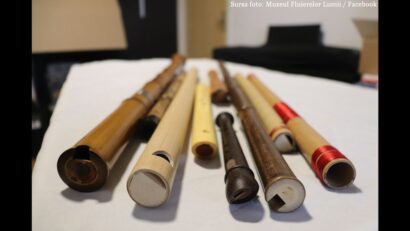
The Museum of Flutes from around World is a cultural project initiated by the ISVOR Cultural Association, dedicated to the preservation and promotion of the flute, one of humanity's oldest musical instruments
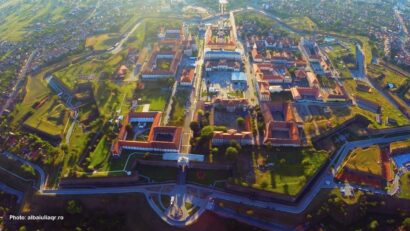
Alba County stands out in the white season through an offer that combines spectacular mountain landscapes with a rich historical and spiritual heritage.

The government and the Institute for the Investigation of the Crimes of Communism and the Memory of the Romanian Exile are preparing a plan to raise people's awareness of the crimes of communism in Romania.

Like every year, Radio Romania International is again inviting listeners to choose their favourite person in 2025.
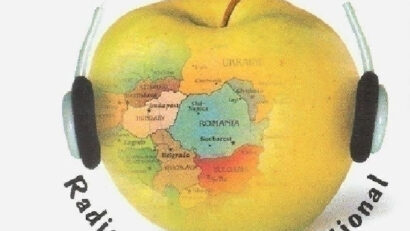
A special broadcast marking Radio Day
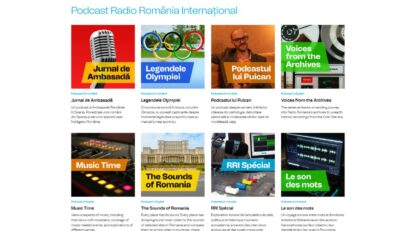
Radio Romania International celebrates Radio Day in Romania, on November 1, with a new podcast platform.
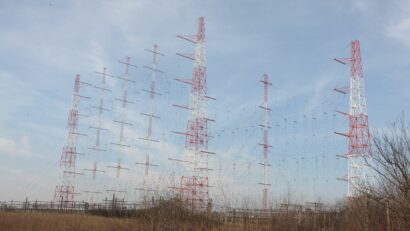
RRI broadcast frequencies valid as of October 26, 2025 to March 28, 2026:

We invite you to be part of “Listeners’ Day” on Radio Romania International on November 2
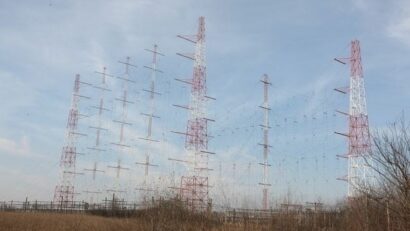
RRI broadcast frequencies valid as of March 30 to October 25, 2025:
